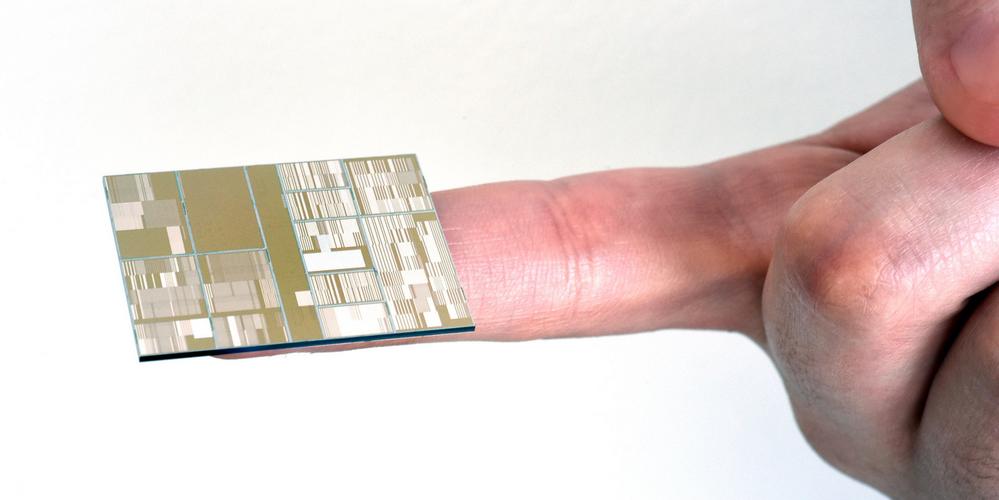IBM, after quietly drawing away from the business of computer hardware is back at it again, and with a bang! The American tech giant has revealed that it has working prototypes of chips which are about four times as powerful as the most potent computing chips available today. The feat isn’t achieved by IBM alone, though, as the announcement was made on behalf of a consortium led by IBM comprising New York State, GlobalFoundries, Samsung and other equipment vendors.
The new development further validates Moore’s Law which predicted that the processing power of computing chips will keep doubling every two years. Of late, the leaders in electronic computing like Intel have been struggling to increase the computing capacity at a pace that authenticates the theory. With the new technology, however, the hypothesis will hold true at least till 2018.
At the core of the new breakthrough is a 50 percent reduction in the area required for any given circuitry. The new technology, utilising a blend of silicon-germanium unlike the current silicon-only chips allows the transistors to have a size of 7-nanometer as against the 14-nanometer size of the current generation transistors.
It should be noted, however, that silicon-germanium isn’t the only way to push the boundaries of condensed computing. Another technology that is close to achieving similar computing power uses extreme ultraviolet or EUV light to mark atom-sized patterns on chips. Now, whether the silicon-germanium blend, or the EUV etching is the way forward, is something for the industry to decide.
Another challenge for the manufacturers of these ultra compact, ultra powerful computers is that even the smallest of the vibrations have to be totally eliminated to be able to print boards at an atomic level. Even the mildest of the vibrations can corrupt the pattern on the board, forcing the industry to create special vibration-free buildings to carry out the commercial production of such chips.
IBM is not making any predictions about the commercial viability of these chips yet. If, however, the company manages to successfully commercialize the tech, it could open floodgates of licensing revenue for it.
We only hope that happens, and soon enough.
Image:Darryl Bautista/IBM Source: NYT



